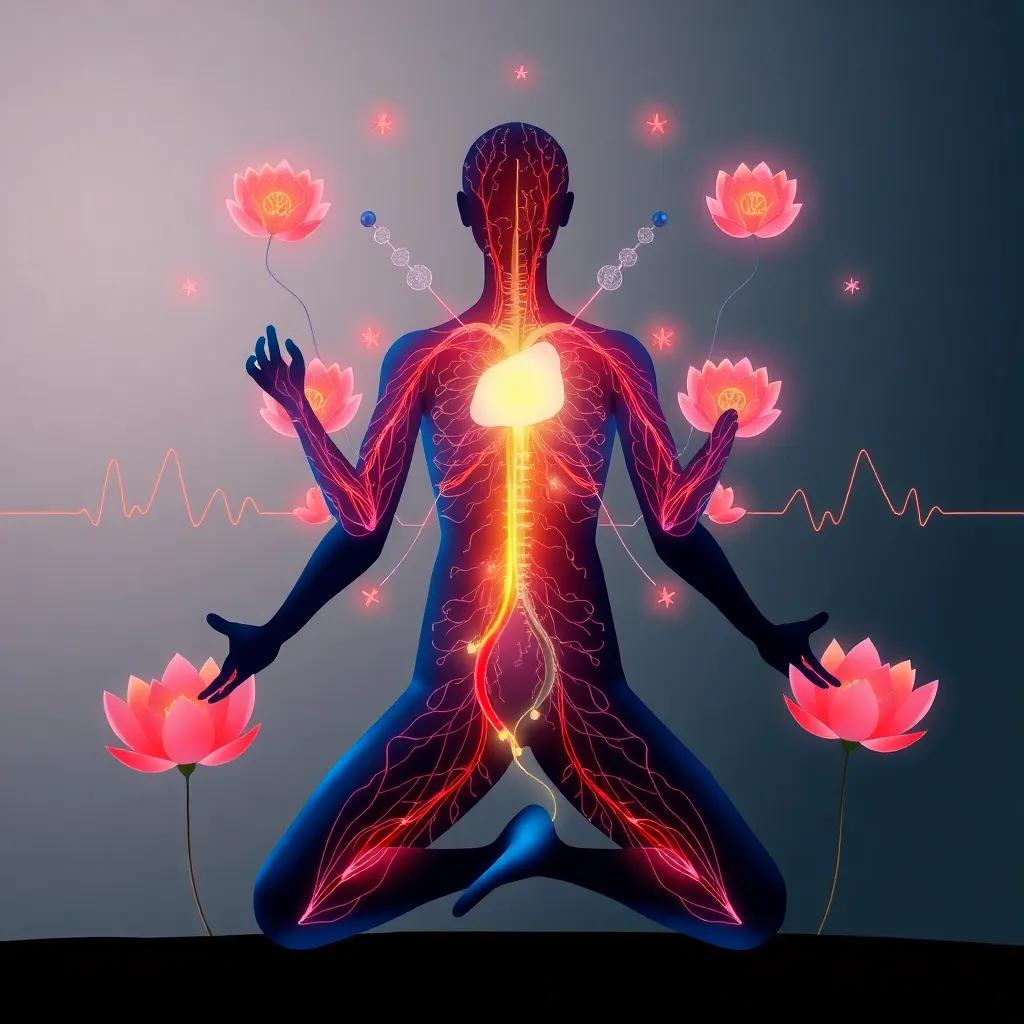Emerging research demonstrates yoga’s significant blood pressure-lowering effects through unique physiological mechanisms, with new clinical guidelines endorsing its use as adjunct therapy.
Recent clinical trials confirm yoga’s efficacy in reducing blood pressure through dual autonomic nervous system modulation and mechanical effects, offering a viable adjunct to conventional hypertension treatment.
The Science Behind Yoga’s Antihypertensive Effects
Autonomic Nervous System Modulation
A 2023 meta-analysis in the Journal of Clinical Hypertension demonstrated yoga’s ability to reduce systolic blood pressure by 5-10 mmHg through parasympathetic activation. Dr. Marshall Hagins, a researcher at Columbia University Medical Center, explains: Yoga’s slow movements combined with breath awareness create a unique neurocardiac integration that dampens sympathetic overactivity – a key driver of essential hypertension.
Vascular Mechanical Effects
The American Heart Association’s June 2024 position paper highlights how specific asanas improve endothelial function. Inversions like Viparita Karani create gravitational stress that stimulates nitric oxide production, while twisting poses may mechanically massage abdominal vasculature.
Clinical Evidence: Yoga vs Conventional Exercise
Head-to-Head Comparisons
Cleveland Clinic’s June 2024 randomized trial (n=278) found yoga with paced breathing reduced nighttime BP by 8.2/5.1 mmHg versus 5.3/3.7 mmHg for aerobic exercise. Lead investigator Dr. Susan Cheng noted: Yoga’s advantage lies in its 24-hour blood pressure control, particularly during vulnerable nocturnal periods.
Population-Specific Benefits
The Hypertension Research 2024 study focusing on prehypertensive adults showed 12 weeks of yoga practice decreased arterial stiffness by 15% compared to controls. The European Society of Cardiology’s May 2024 guidelines now recommend yoga for stage 1 hypertension patients.
Therapeutic Yoga Protocol for Hypertension
Beginner Sequence
1. Sukhasana (5 minutes with diaphragmatic breathing)
2. Marjaryasana-Bitilasana (10 cycles with spinal awareness)
3. Viparita Karani (legs-up-the-wall, 5-10 minutes)
Advanced Modifications
Certified yoga therapist Tara Stiles suggests: For experienced practitioners, adding gentle inversions like Salamba Sarvangasana with proper neck support can enhance venous return and baroreceptor sensitivity.
Integrating Pranayama
Nadi Shodhana (alternate nostril breathing) has shown particular promise. A 2023 study in International Journal of Yoga documented this technique’s ability to improve heart rate variability within weeks.




